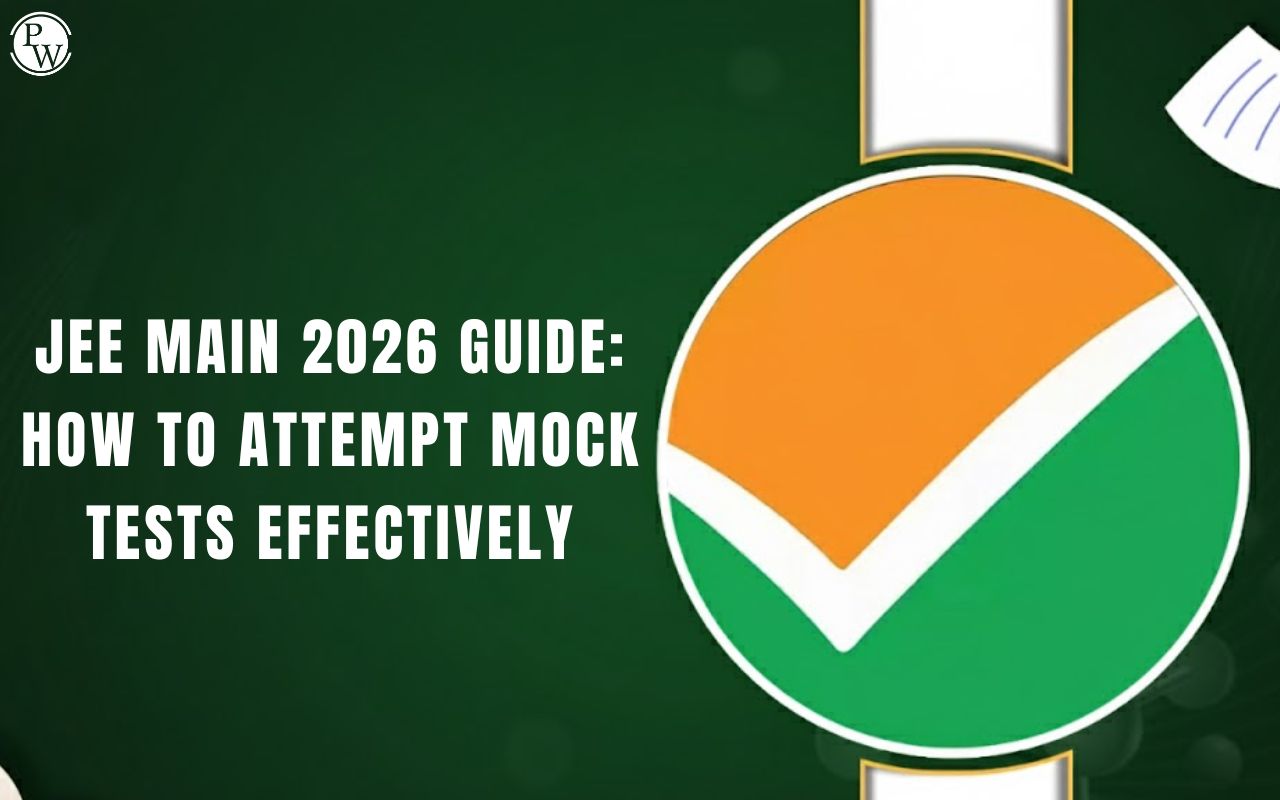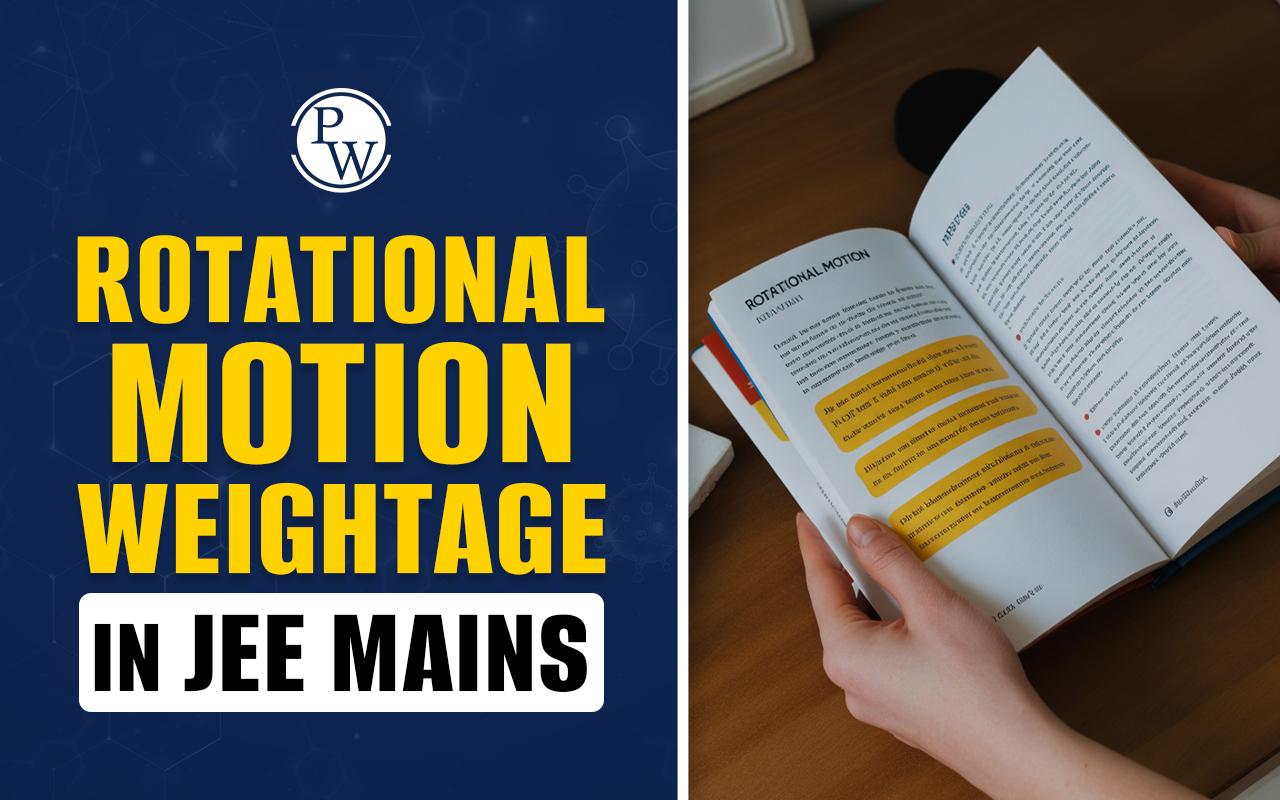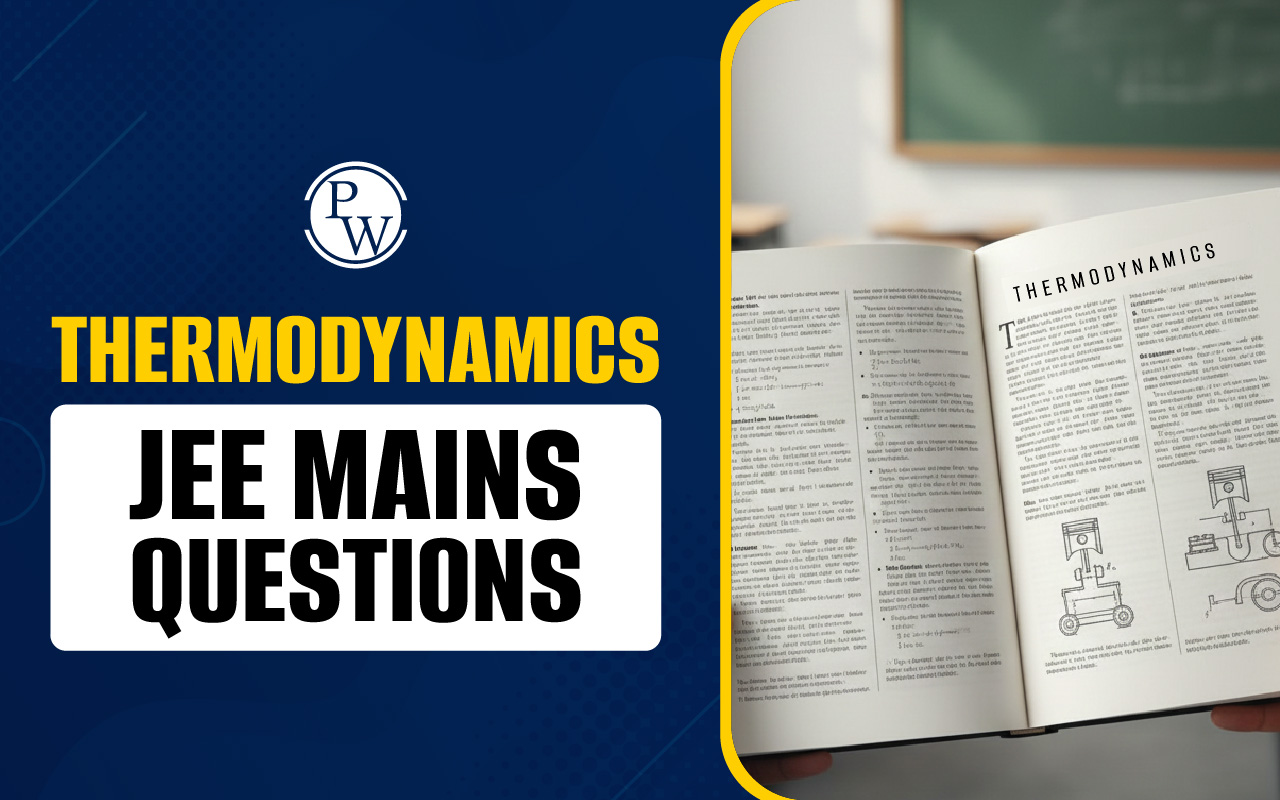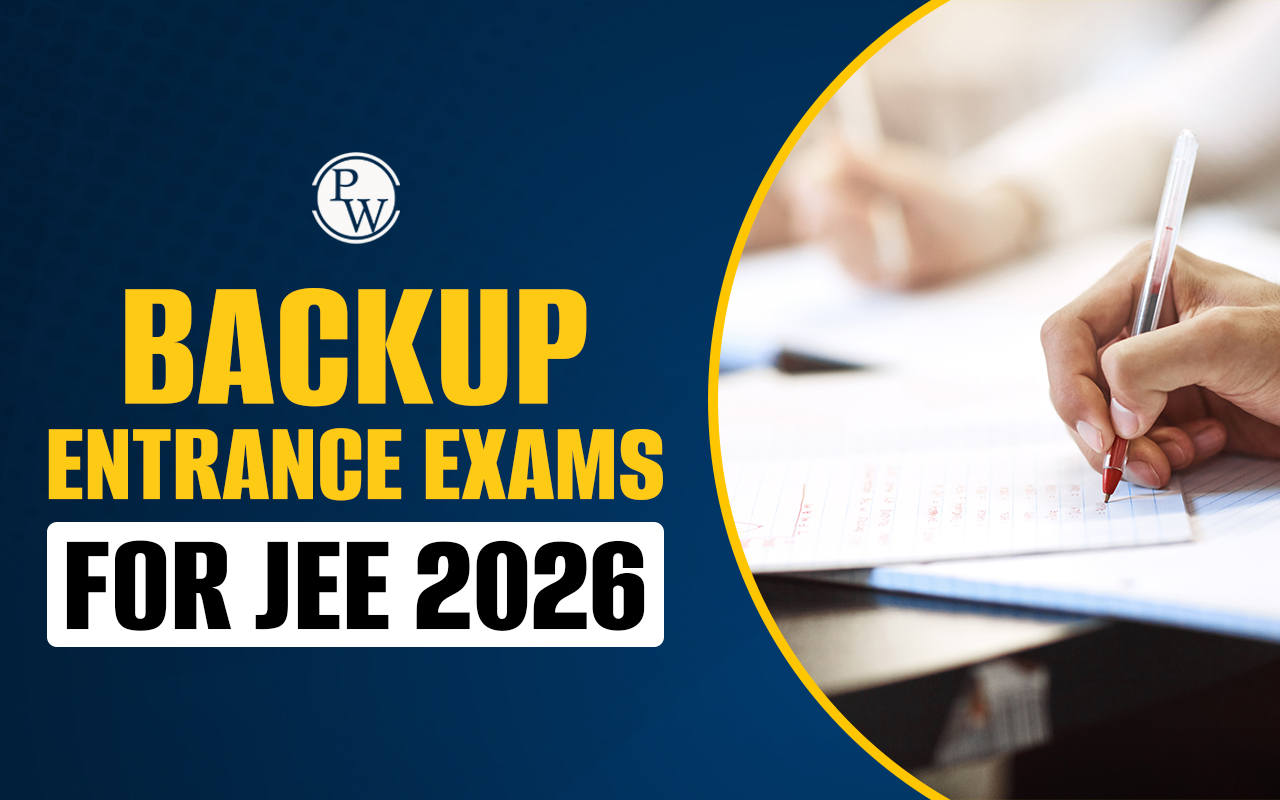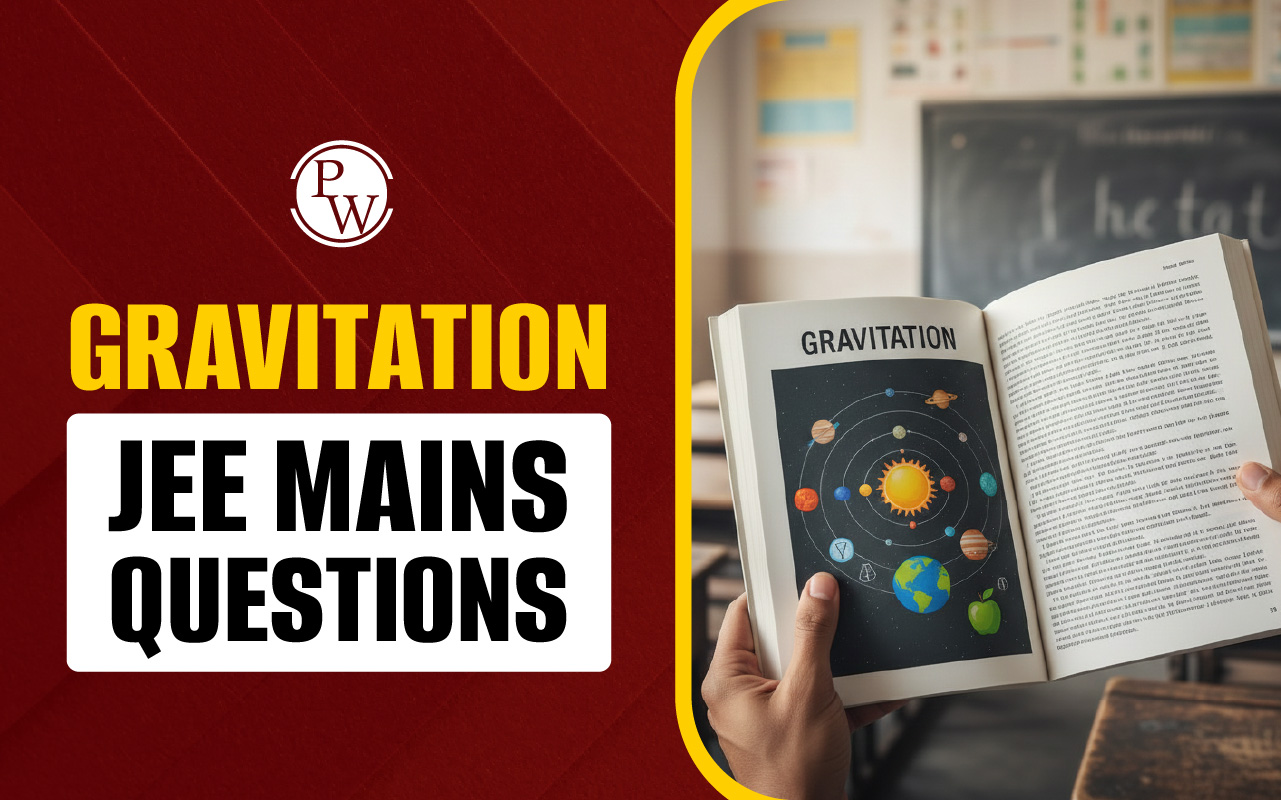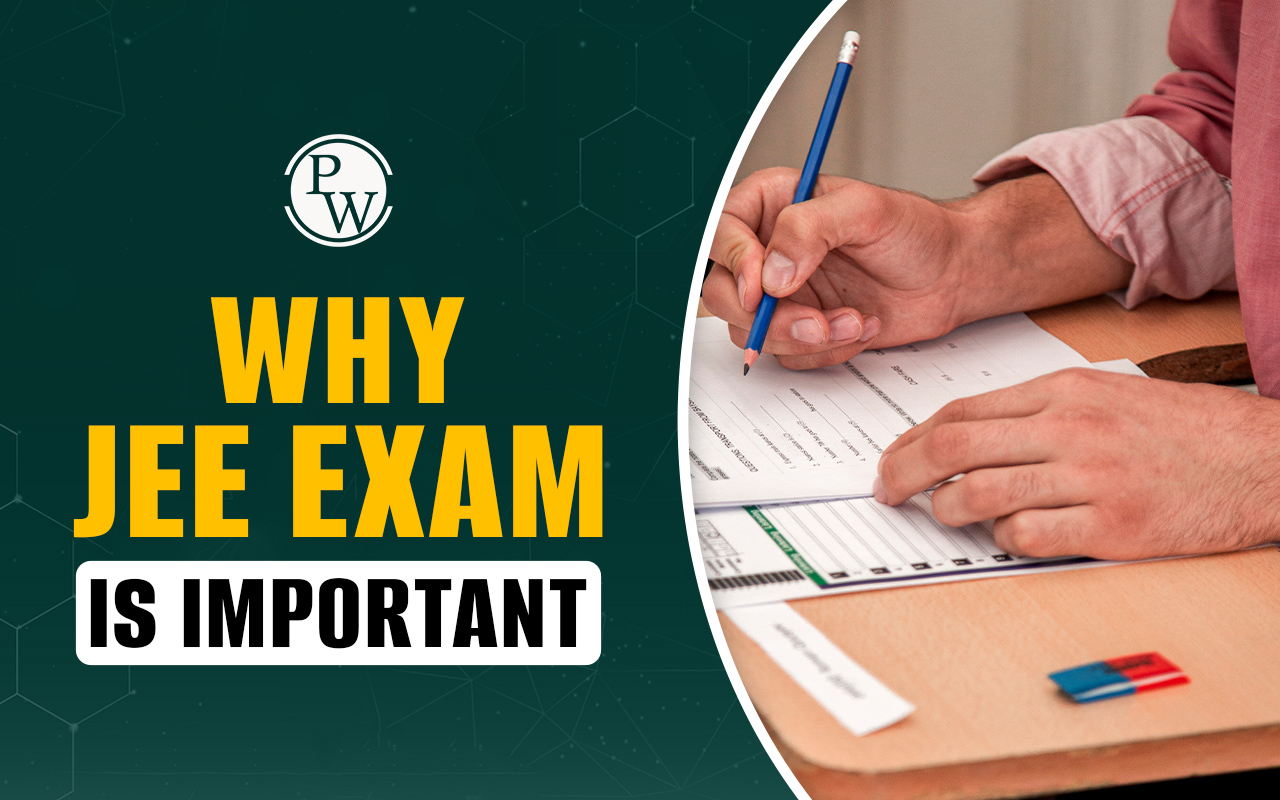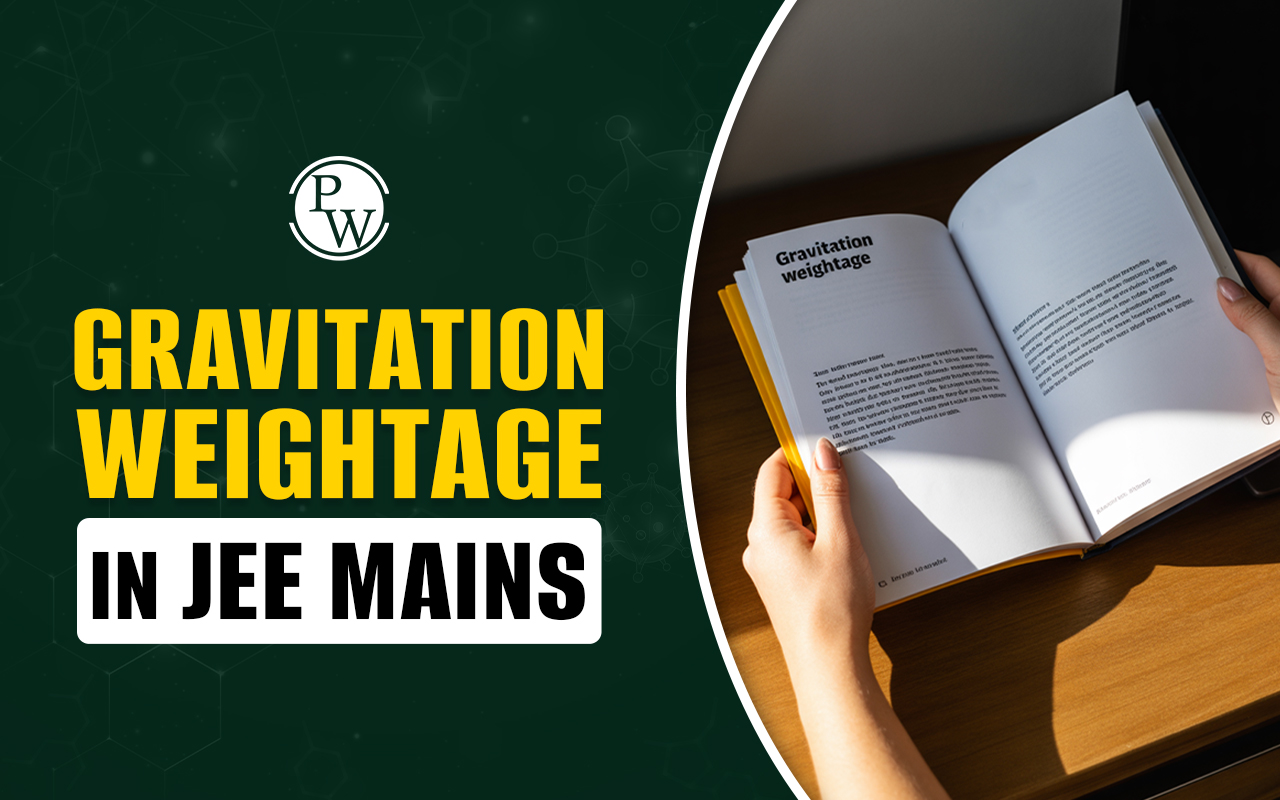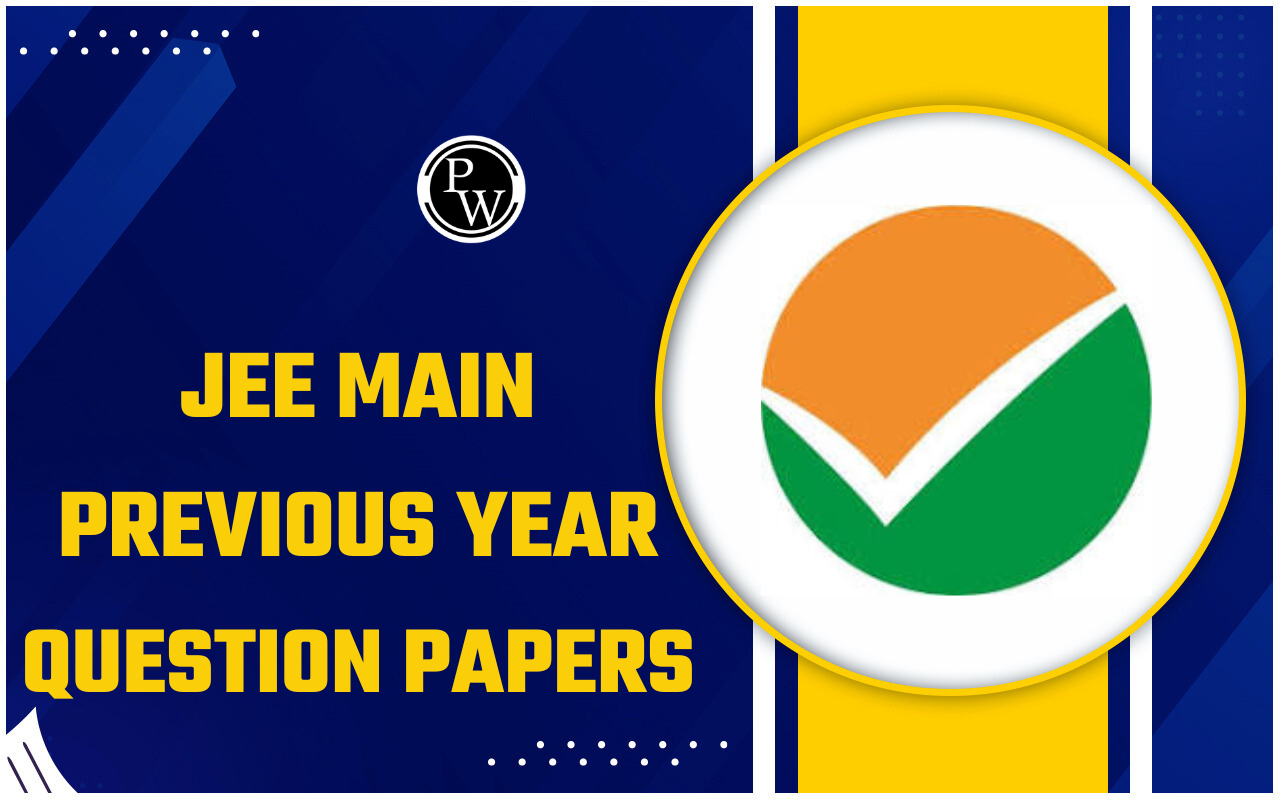
Simple Harmonic Motion JEE Notes can help candidates to discover topics that integrate both theoretical concepts and practical problem-solving techniques in Physics. Students are required to learn various principles of Physics such as displacement, velocity, acceleration, and energy variation in periodic motion. Learning these topics can help candidates to approach questions in torque and angular momentum JEE notes systematically.
Simple Harmonic Motion JEE Notes Overview
Simple Harmonic Motion (SHM) forms a fundamental part of JEE physics, introducing candidates to the concept of periodic motion and oscillations. Students who learn this topic are required to understand the relationship between restoring force and displacement resulting in sinusoidal motion. Candidates should be aware of velocity, acceleration, and phase relationships is necessary to analyse linear and rotational SHM.
In addition, SHM serves as a foundation for advanced topics such as coupled oscillations, damping, and resonance phenomena. Aspirants should be able to derive the general equation of motion, calculate angular frequency, and examine energy transformations in various oscillatory systems. These notes also provide stepwise solutions to simple harmonic motion previous year questions JEE. It helps students to develop effective problem-solving strategies for timed examinations.
Furthermore, the table below provides an organised summary of essential SHM notes jee preparation subtopics, formulas, and examples:
|
Simple Harmonic Motion JEE Notes Overview |
||
|---|---|---|
|
Topic |
Subtopics |
Notes |
|
General Equation of SHM |
Displacement, velocity, acceleration, phase |
Includes derivation of x = A sin(ωt + φ) and ω = 2π/T |
|
Simple Pendulum |
Time period, small-angle approximation, energy |
Covers T = 2π √(l/g) and energy expressions |
|
Torsional Pendulum |
Angular SHM, torsional constant |
Includes T = 2π √(I/C), kinetic and potential energy calculations |
|
Compound/Physical Pendulum |
Rotational motion about pivot |
Time period derivation and effect of centre of mass |
|
Superposition of SHMs |
SHMs in same and perpendicular directions |
Calculating resultant amplitude, phase difference, and equations |
|
Kinetic and Potential Energy |
Expressions for KE, PE, and total energy |
Application in solving energy-based SHM problems |
|
Damped Oscillations |
Under-damped, critically damped, over-damped |
Displacement x(t) = A e^(-bt/2m) cos(ω't + φ) |
|
Forced Oscillations and Resonance |
Driving frequency, resonance condition, velocity amplitude |
Conditions for maximum amplitude and phase relations |
Note: Students should follow a sequence-wise planning to learn subtopics under Simple Harmonic Motion topic. Also, they should attempt numerical problems progressively to strengthen conceptual clarity before tackling JEE Main and Advanced questions.
Simple Harmonic Motion JEE Notes PDF Link
Aspirants preparing for competitive examinations should make use of verified SHM JEE notes PDF resources. These notes provide derivations, solved examples, and formula summaries for all essential SHM topics. Students are required to practise examples from simple pendulums to forced oscillations to build problem-solving speed and confidence for both JEE Main and Advanced exams.
Here is the link to access Simple Harmonic Motion JEE Notes:
Simple Harmonic Motion JEE Notes
Importance of Simple Harmonic Motion JEE Notes
Understanding SHM is a basic requirement for candidates that are going to appear in JEE examinations. Candidates should derive and interpret equations for displacement, velocity, acceleration, and energy in various oscillatory systems. At the same time, aspirants must integrate knowledge of torque and angular momentum JEE notes for rotational SHM problems.
Furthermore, developing a strong understanding of SHM allows students to solve problems involving energy transfer, superposition of oscillations, and resonance. Notes with step-by-step solutions reduce errors and enhance reasoning abilities. Aspirants are required to prepare handwritten formula sheets summarising key derivations for last-minute revision. It will help them to recall their notes during examination conditions.
Weightage of Simple Harmonic Motion in JEE
Students preparing for JEE should be aware of the recurring emphasis on oscillations in past examinations. While marks can vary slightly each year, the following table provides an indicative weightage for reference:
|
Weightage of Simple Harmonic Motion in JEE |
||
|---|---|---|
|
Exam |
Approx. Weightage |
Focus Area |
|
JEE Main |
5 to 7% |
Simple pendulum, time period, KE and PE |
|
JEE Advanced |
8 to 12% |
Compound pendulum, torsional oscillations, superposition, resonance |
|
Practice Tests |
10 to 15% |
Integrated problems combining energy, angular momentum, and damping |
Note: Candidates are encouraged to prioritise topics that appear consistently in simple harmonic motion previous year questions JEE for effective preparation. Practising a variety of problems strengthens problem-solving skills.
Simple Harmonic Motion JEE Advanced Problem Types
Aspirants are required to solve advanced problems that combine multiple SHM concepts. Common problem types include:
-
Calculating time period and angular frequency of compound and torsional pendulums.
-
Analysing energy variations in linear and rotational oscillators.
-
Determining the resultant amplitude and phase for the superposition of two SHMs.
-
Solving damped oscillation problems with different damping coefficients.
-
Applying resonance conditions to forced oscillations and identifying maximum velocity amplitude.
Students are required to approach each problem analytically. They should interpret their results physically rather than relying only on formulas. Also, practising past year SHM JEE Advanced problems helps aspirants build confidence in solving complex questions under timed conditions.
Simple Harmonic Motion JEE Notes FAQs
Do Simple Harmonic Motion Notes cover oscillations JEE Advanced problems?
Are formulas for SHM included in these notes?
Does the PDF include damped and forced oscillations?
Can these notes be used for last-minute revision?

